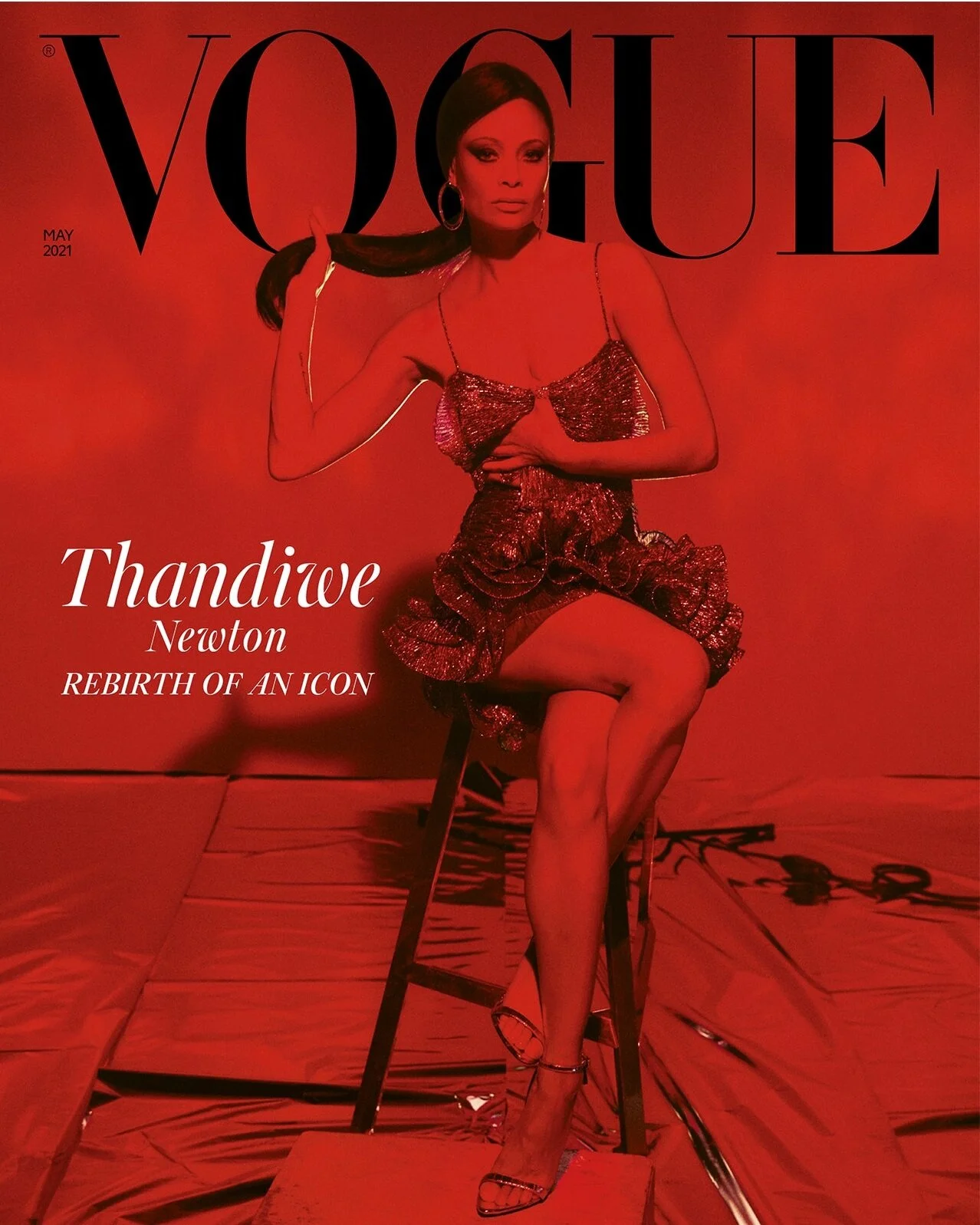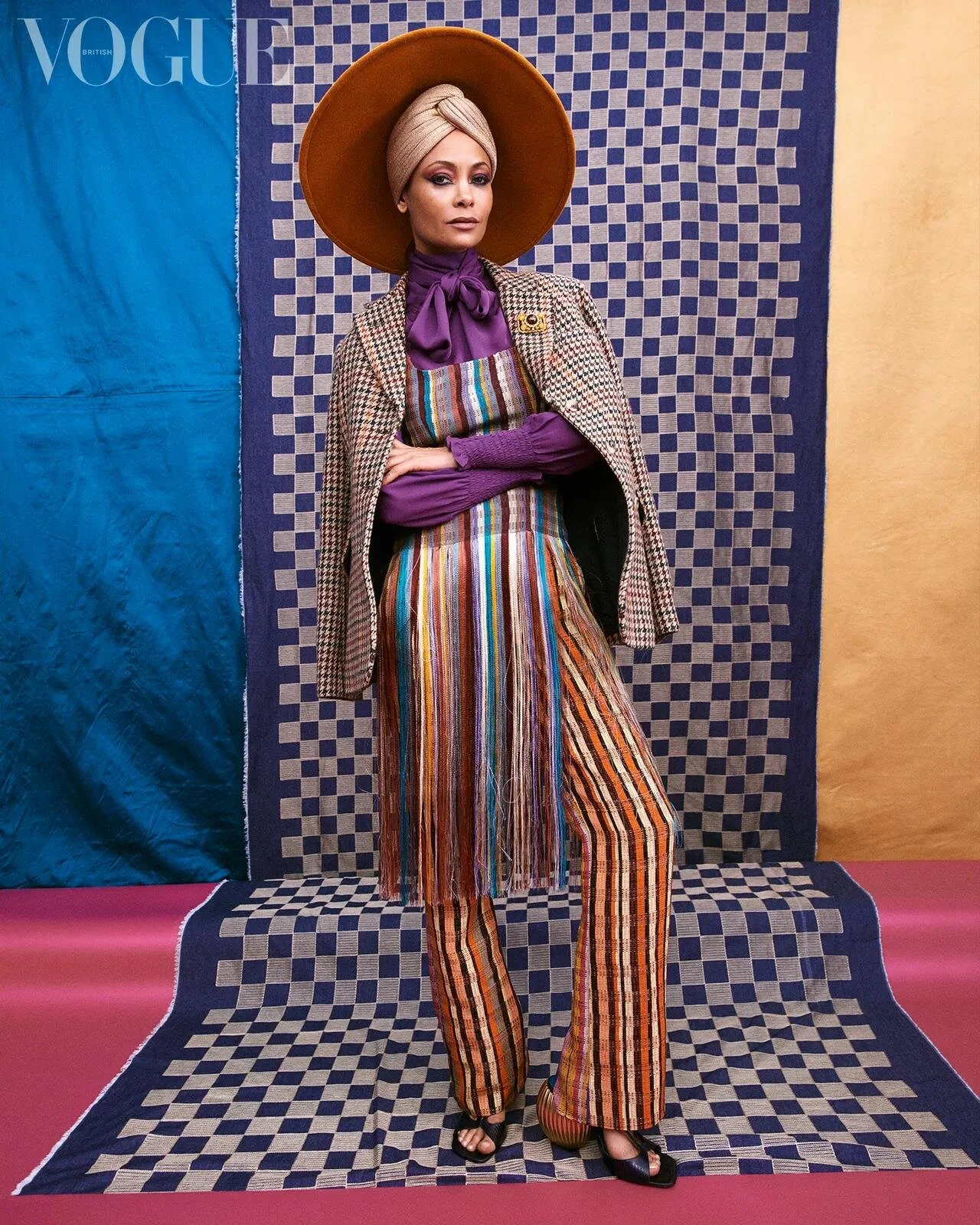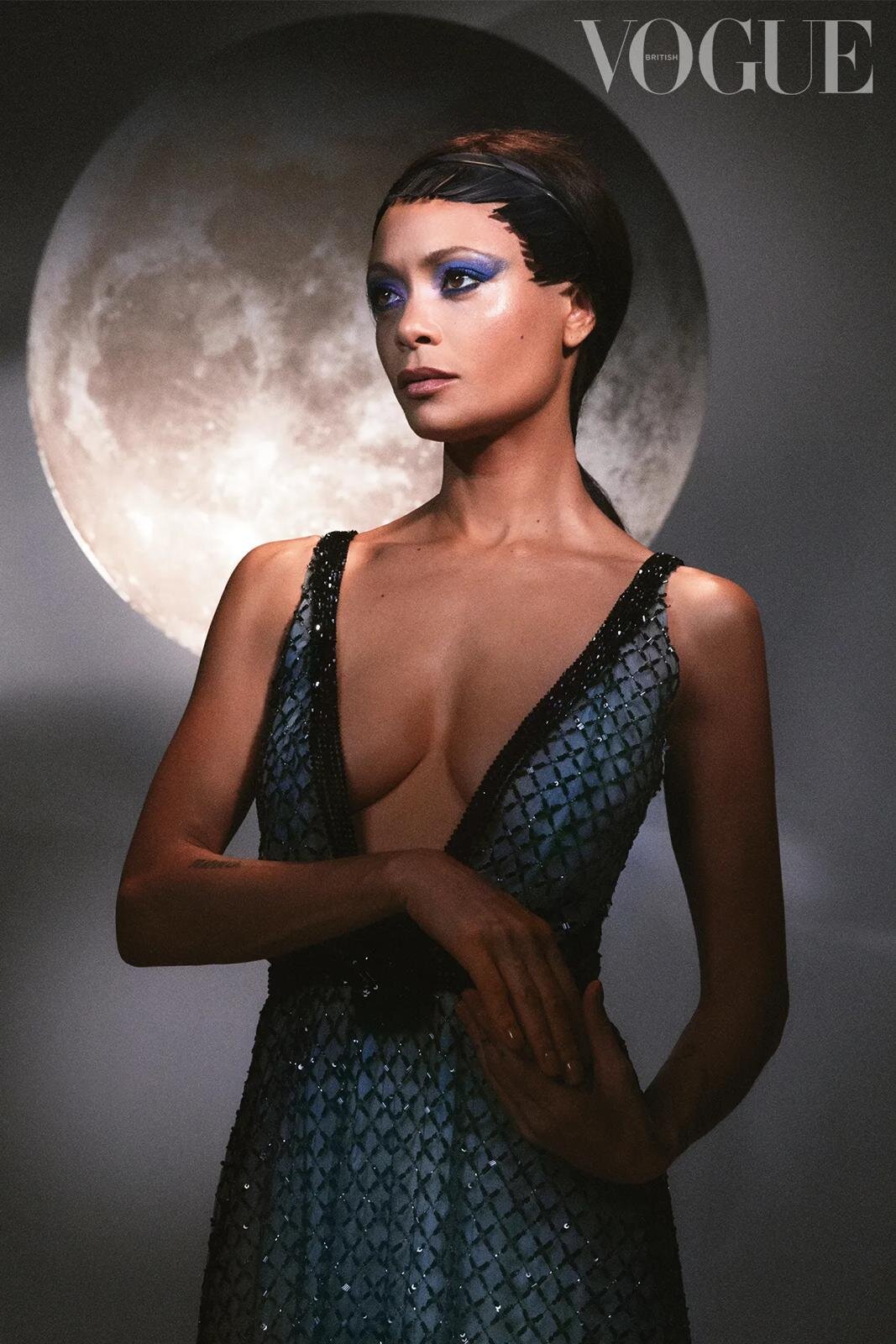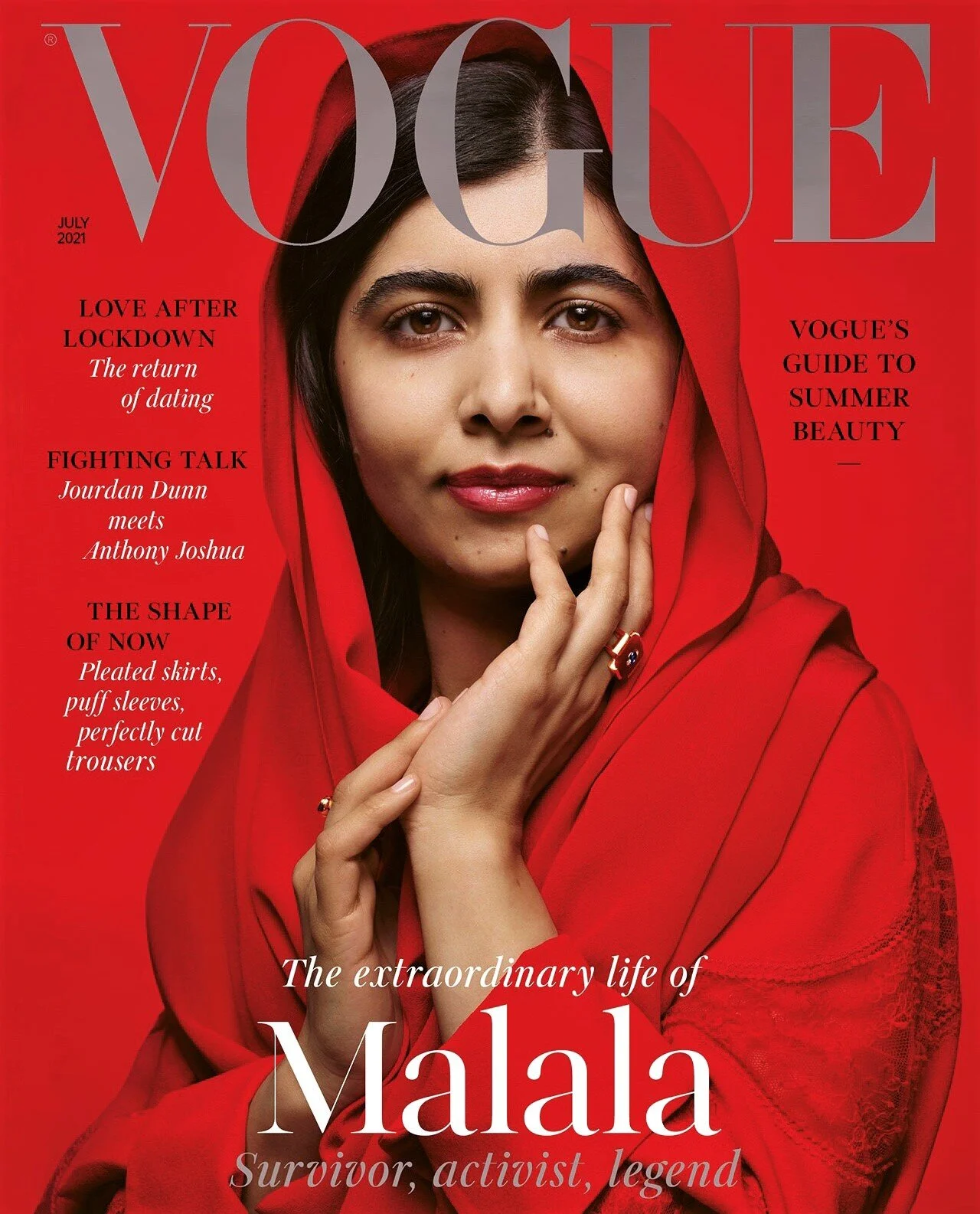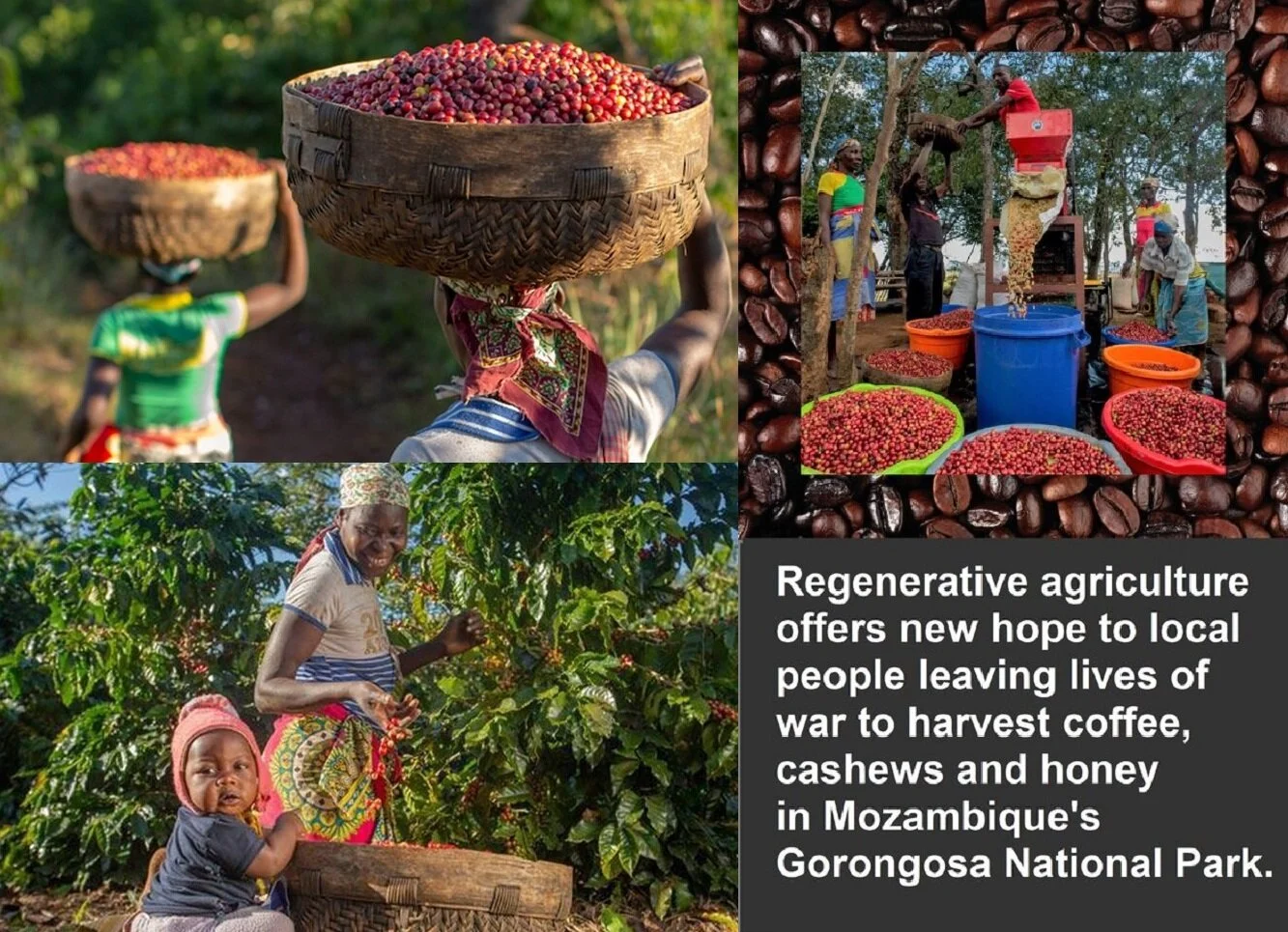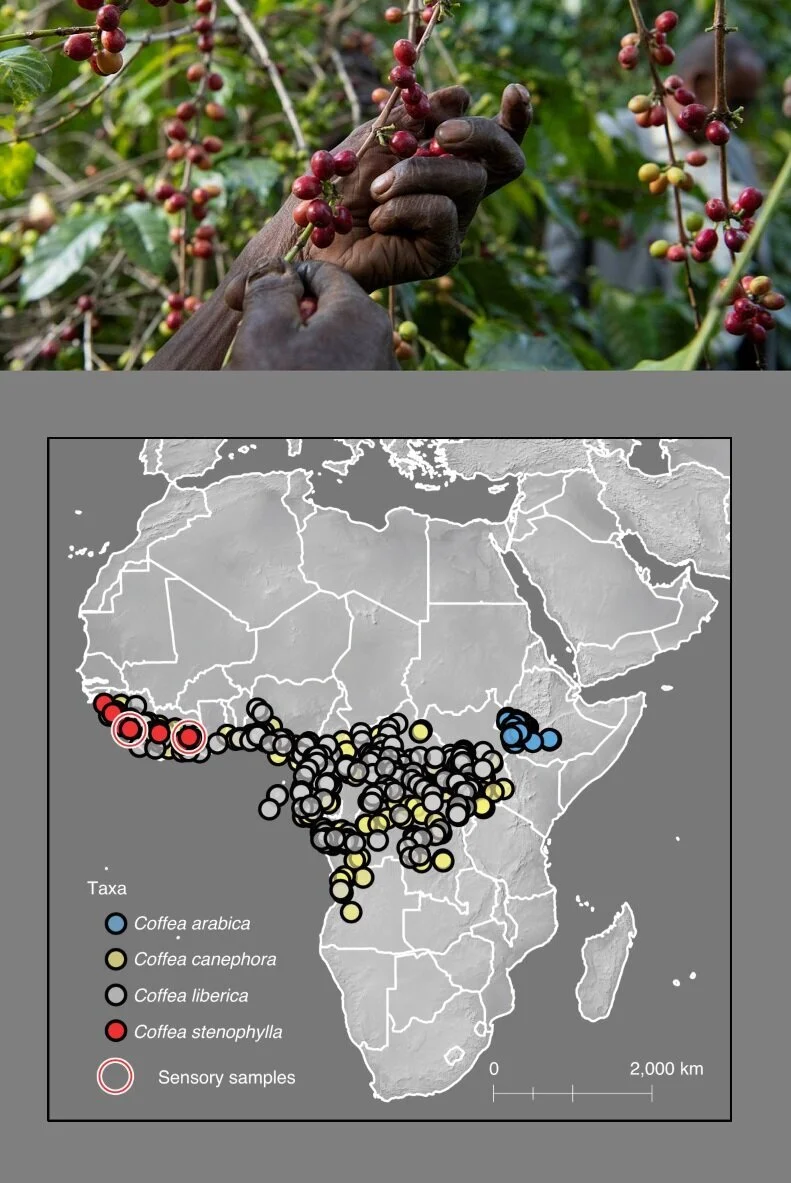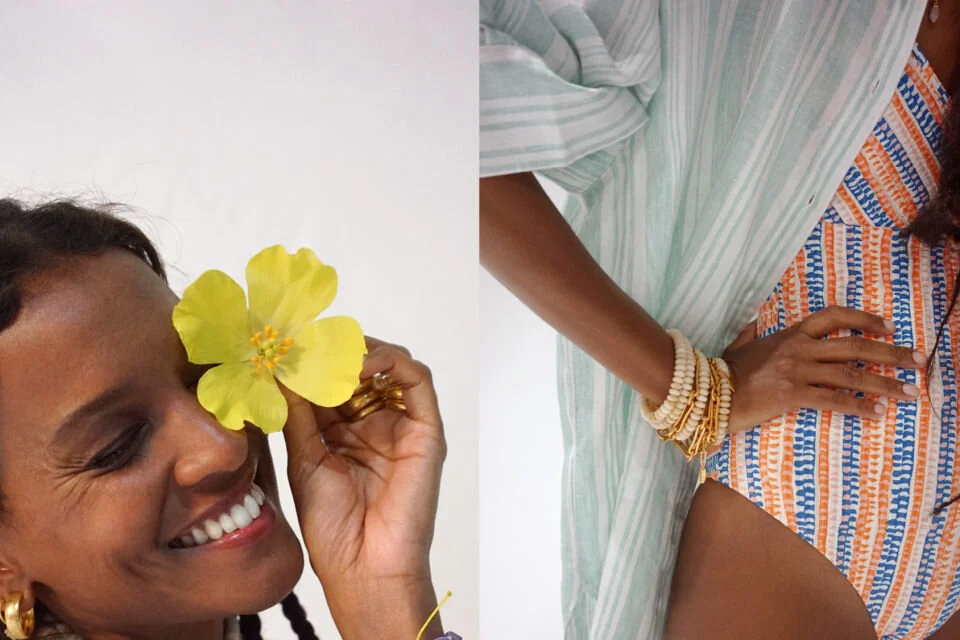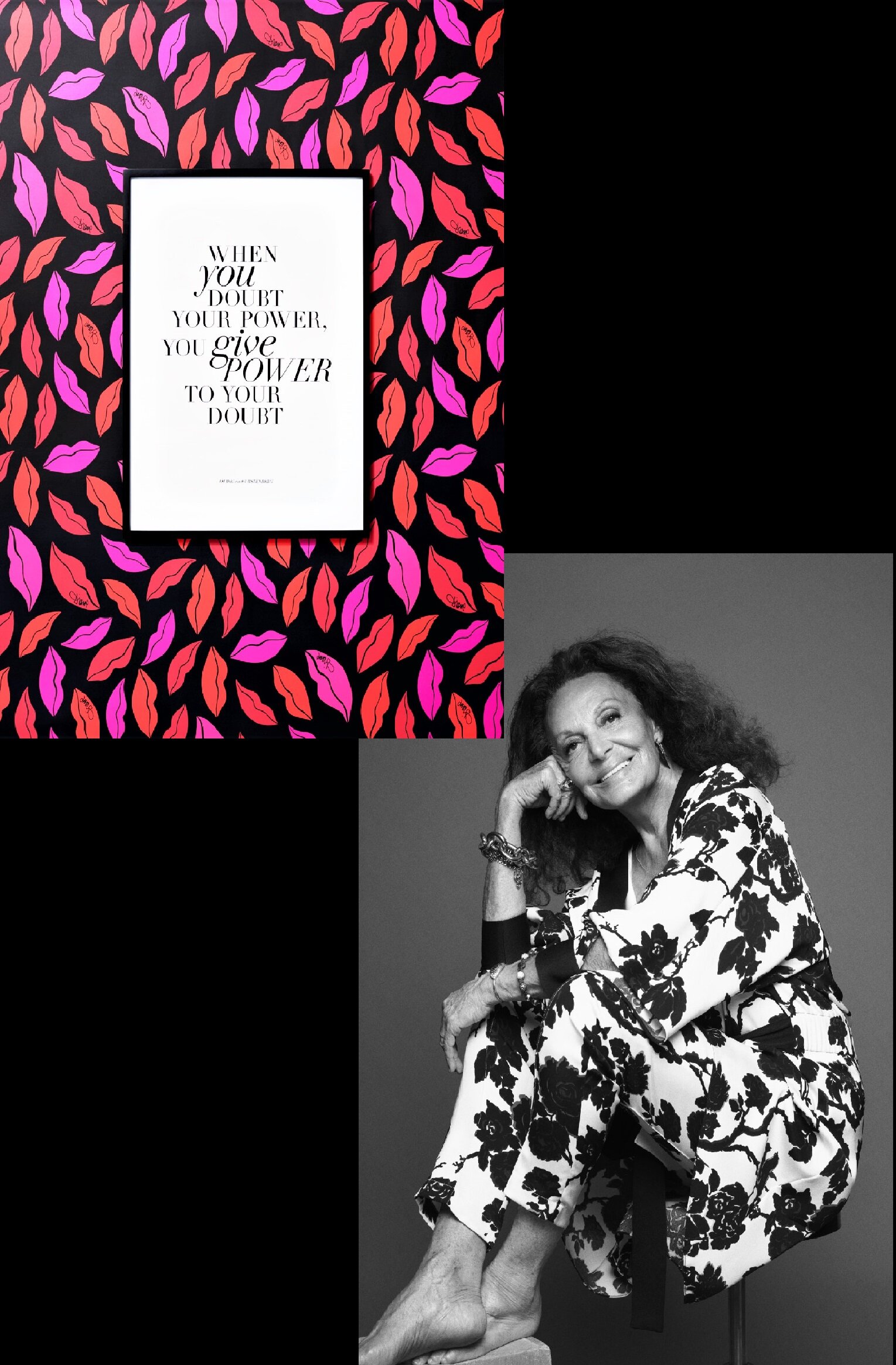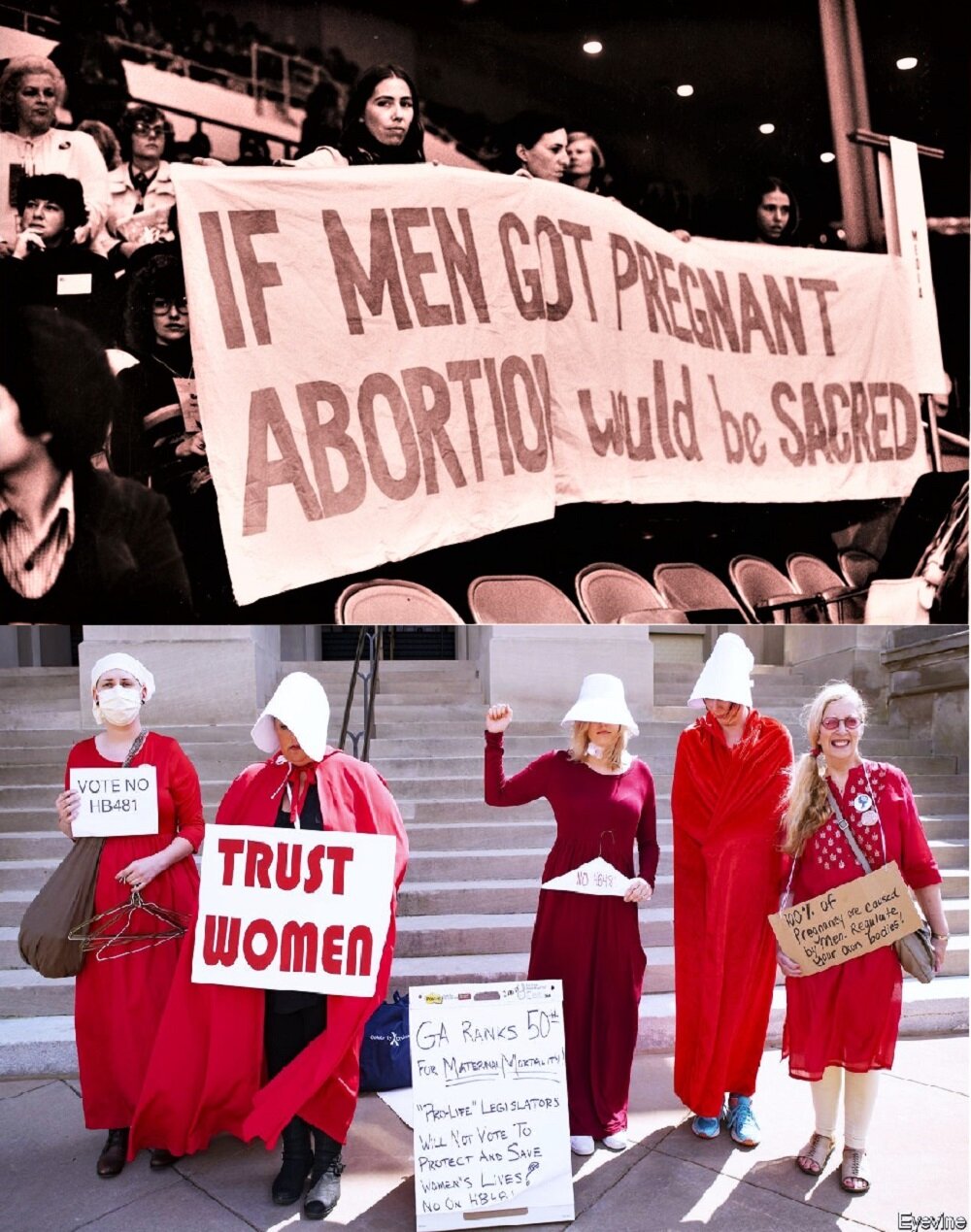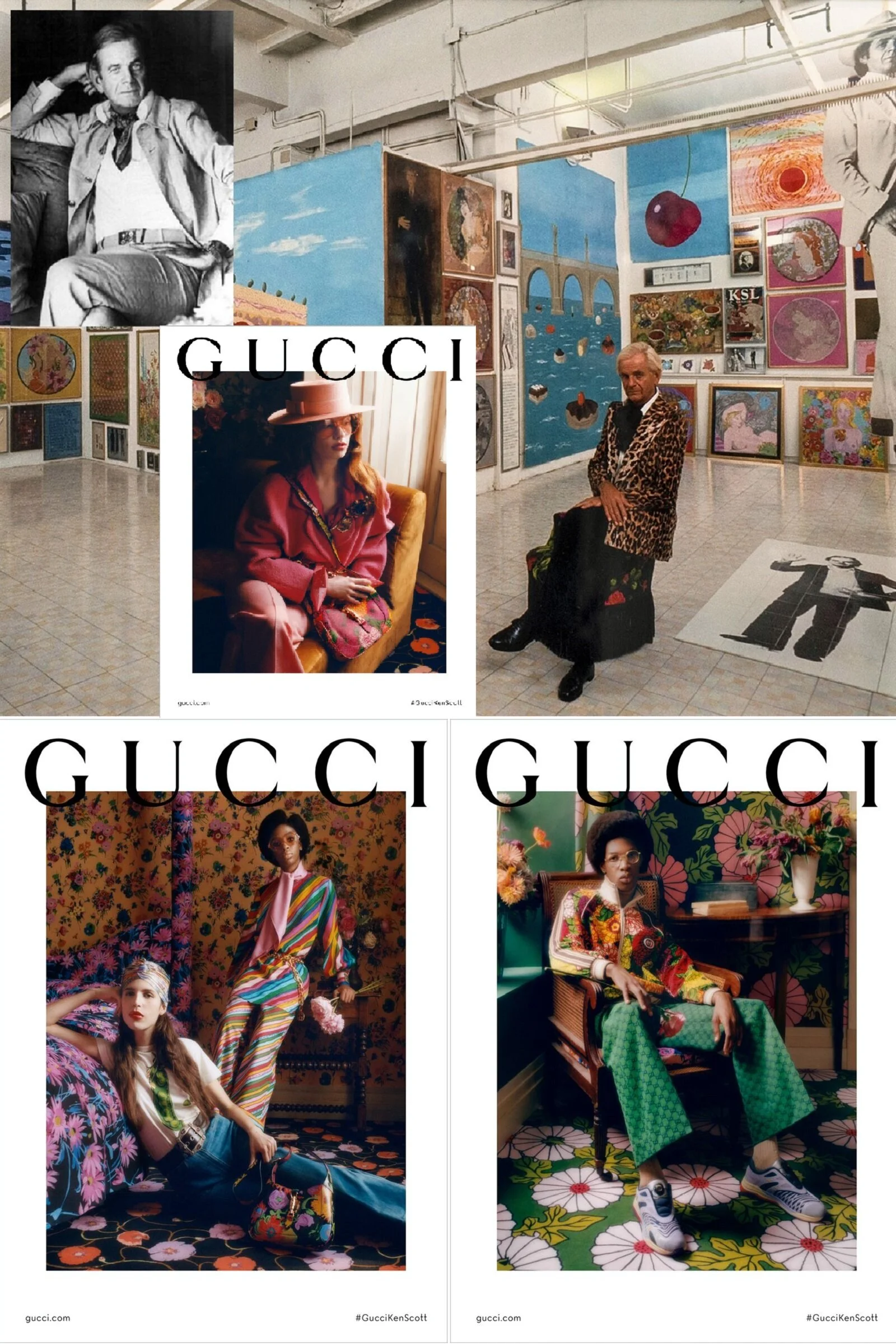The Rebirth of Thandiwe Newton, 'Beloved' in Shona, for British Vogue May 2021
/Westworld star Thandiwe Newton covers the May 2021 issue of British Vogue, lensed by Mikael Jansson. EIC Edward Enninful styles Thandiwe — who is now going by her birth name and not Thandie — in a fashion story that explores her Zimbabwean and British heritages.
In the purple hues cover below, Newton is wearing Fendi Haute Couture and a ring by Tiffany & Co. For the red hues cover above, the 90s star Black actor wears Isabel Marant with Tom Ford sandals, and jewelry by David Morris.
In her interview with Diana Evans, Thandiwe Newton speaks of almost giving up her fight for an ‘authentic’ acting career. She has made her way back to original herself with a new purpose — “to tell the stories that matter.” Reclaiming her original name with the ‘W’ is part of that emotionally and invigorating process.
Edward Enninful claims the word ‘legacy’ to articulate the thread running through the May 2021 issue of British Vogue.
The first paragraph of the Diana Evans begins with old-school journalism brilliance. We’re so inspired by its vitality that a history lesson required. We will take readers to Shona people shortly.
The story begins with the thundering mist of Victoria Falls, 1972. A Zimbabwean princess and a lab technician from Cornwall were driving along a bumpy road about to enjoy a sardine snack. When the sardine can was opened, the oil spilled all over the woman’s dress and she laughed her head off. The man thought, “I need to be with this woman,” and there were rainbows criss-crossing the sky from the magic of the mist and the sun above the crashing water. On that trip, contained in this magic, a child was conceived. They named her Thandiwe, meaning beloved in Shona. She grew up to be one of the most successful Black-British actresses of her time.
